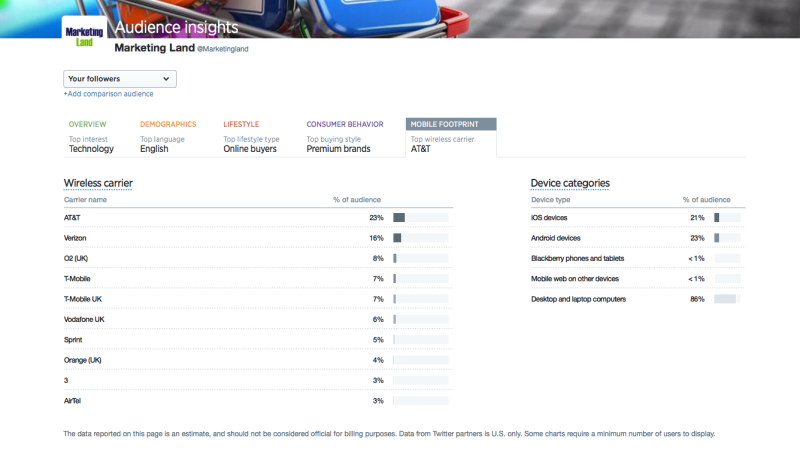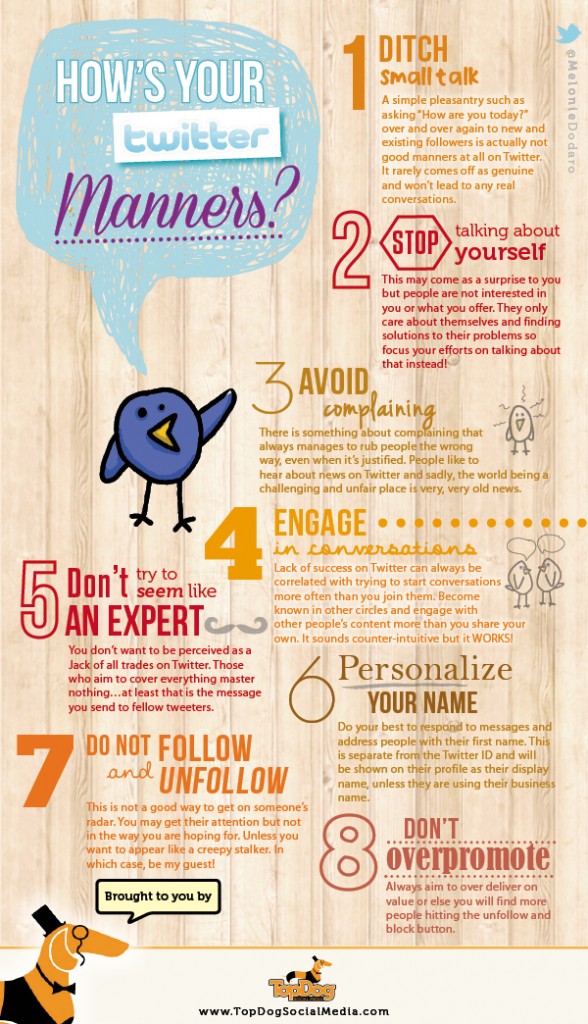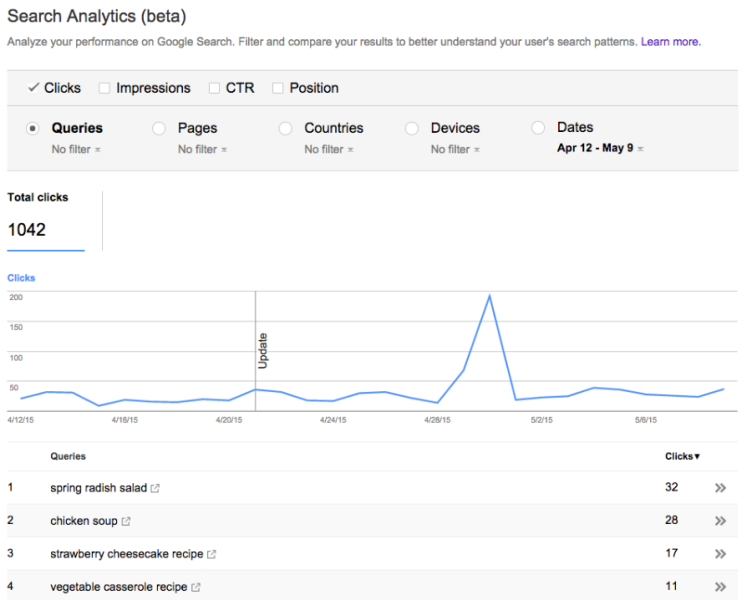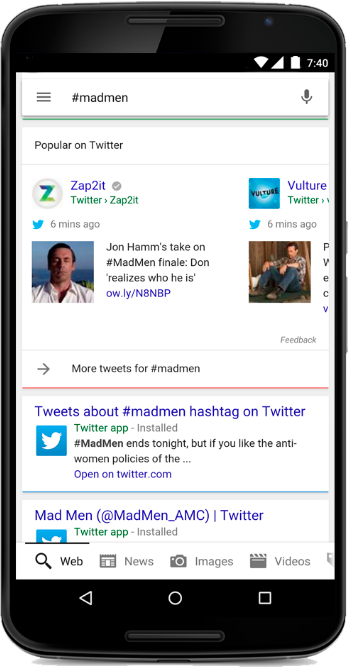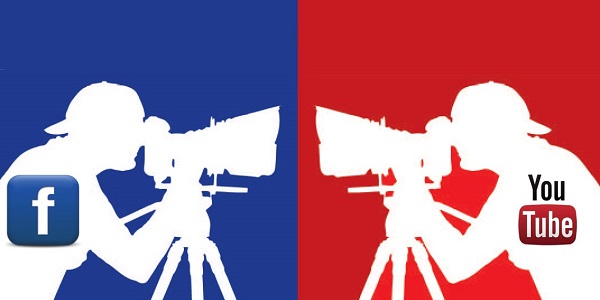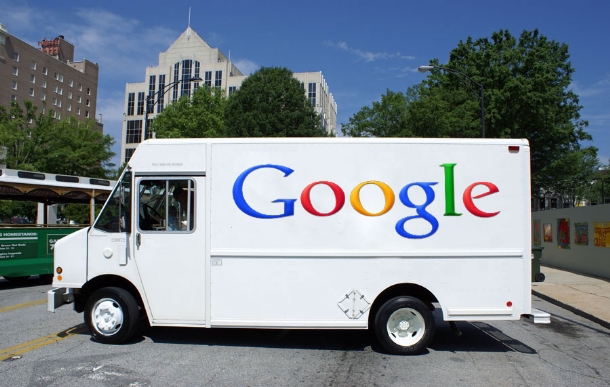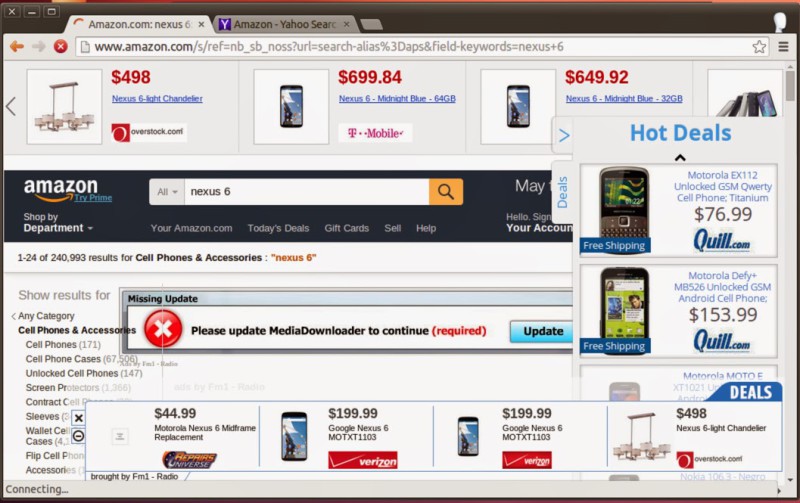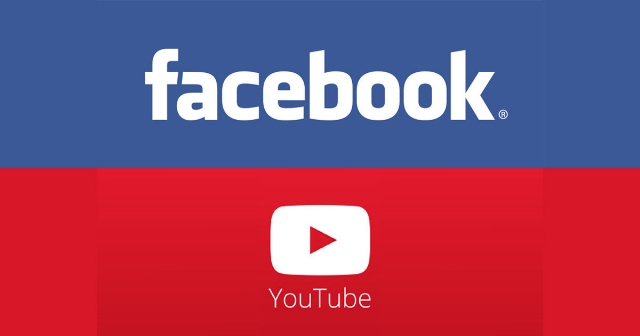
Source: Shawn Campbell
Smart webmasters and marketers know analytics is the key to online success. Analytics services are the best way to know exactly how your site or content is performing and what you can do to improve it, but it has traditionally been more difficult to monitor your performance on social media through anything other than followers, likes, and retweets. Thankfully, that is all starting to change.
Twitter has operated an analytics service for users for over a year, but today they have launched a significant upgrade to its analytics tool which promises to give marketers and webmasters much greater insights into who their audience is and how to reach them.
The upgraded analytics tool, called “Audience Insights” offers a much deeper analysis of demographics, interests, lifestyle, consumer purchasing behavior, television viewing preferences, and even mobile carrier and device usage. The service works by matching data from Twitter’s Marketing Platform Partners such as Datalogix.
According to Twitter, the new Audience Insights will help brands improve their paid and organic marketing strategies on Twitter, and will be especially effective for advertisers as Twitter product manager Andrew Bragdon explained.
For example, if you’re running a campaign to increase awareness about a new cosmetics line, you can use this tool to learn about your potential customers on Twitter — the beauty products they’ve recently purchased, what fashion trends they’re interested in and even TV viewing behavior. Based on this information, you can identify the best segments to target within Twitter Ads, along with which creative — such as a Vine or video clip — your audience will find most compelling.
The insights dashboard offers easy and convenient tracking categories including gender, occupation, household income and net worth, home type, home value, marital status, education, consumer buying styles (premium brand vs. natural living vs. weight-conscious), favored television genre (drama vs. sports vs. comedy), type of credit card, and consumer good preferences.
The advanced analytics tool also makes it easy for marketers to compare their followers and organic audience against the full Twitter audience.
Audience Insights are already available for all Twitter advertisers and users of Twitter analytics. To access it, just visit ads.twitter.com while signed in, click on the “Analytics” menu, and select “Audience Insights”. You can also access it at analytics.twitter.com, under the “Followers” tab.
Below, you’ll find screenshots of each audience insights category as originally compiled by Marketing Land:
Overview
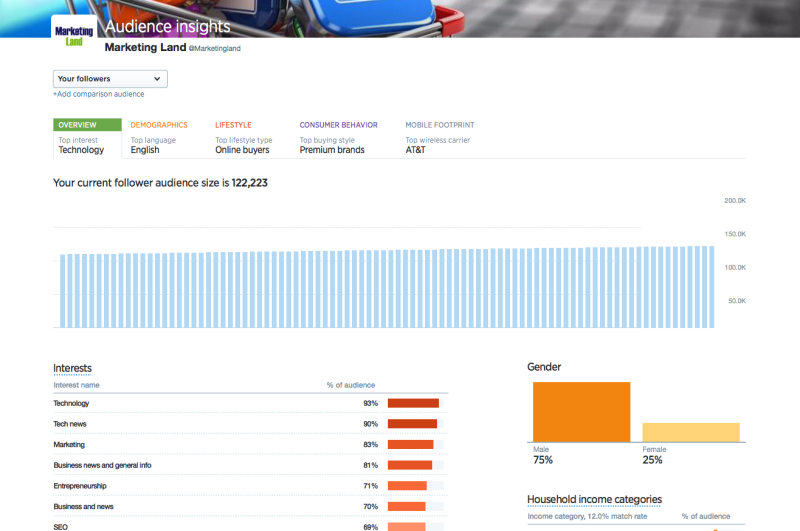
Demographics
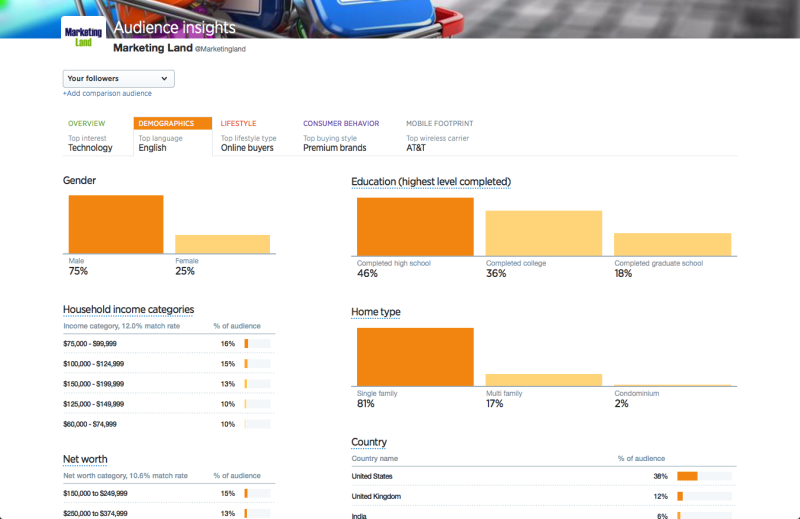
Lifestyle
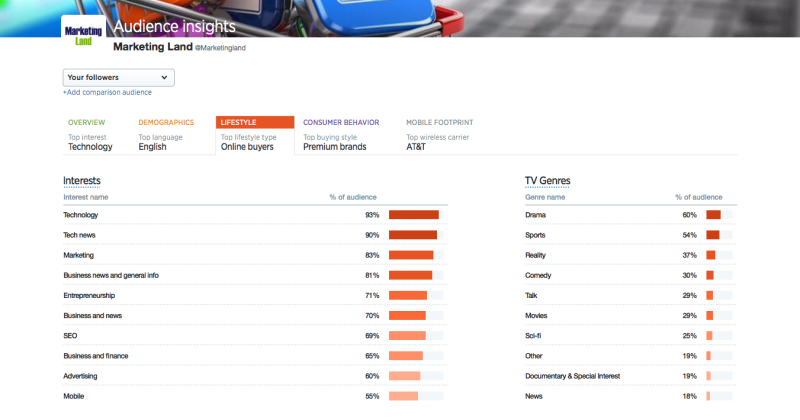
Consumer Behavior
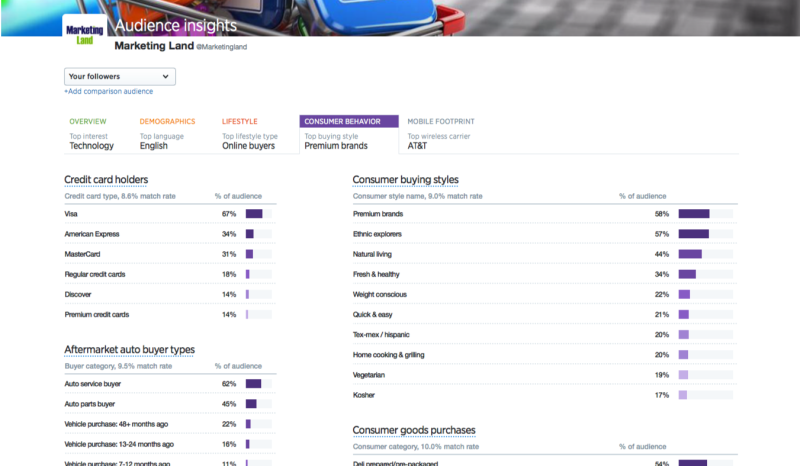
Mobile Footprint
